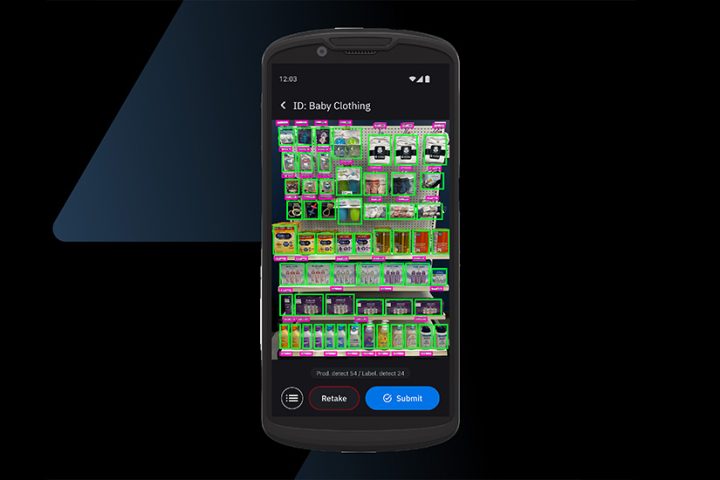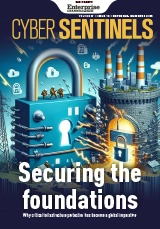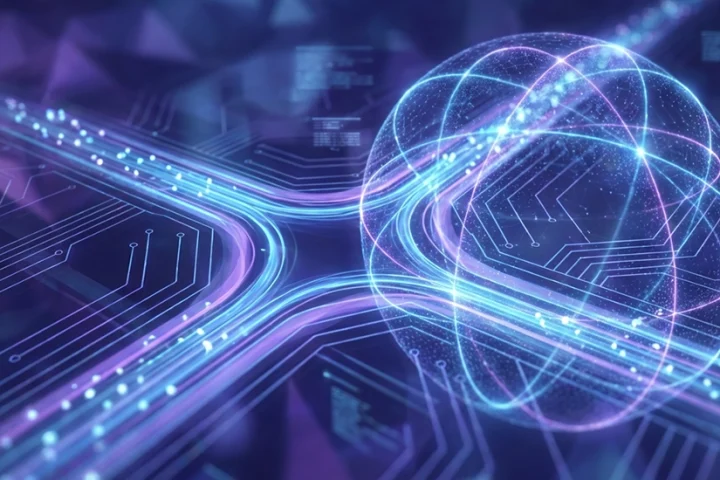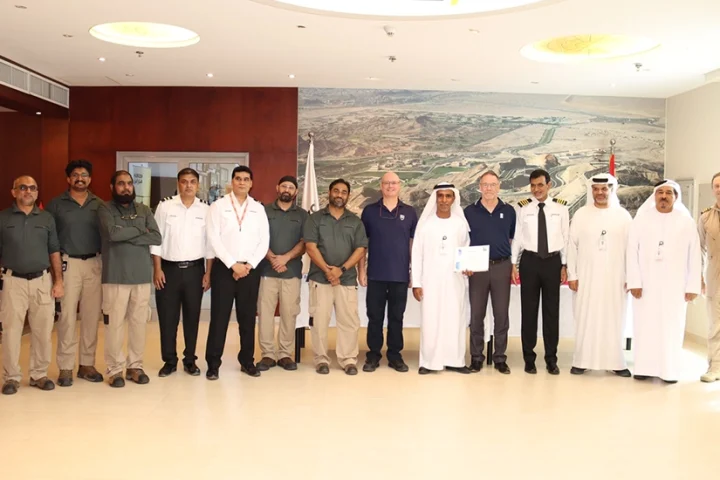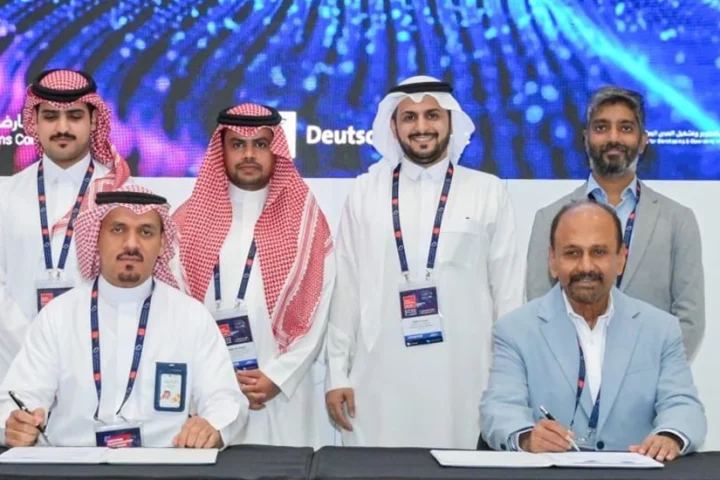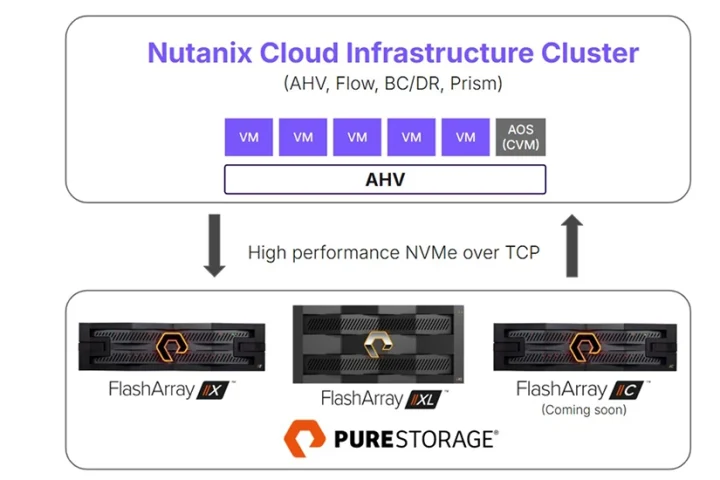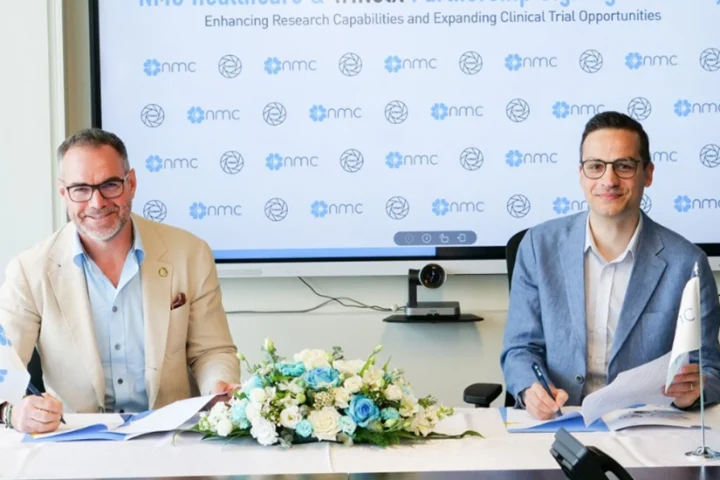The year 2020 has often been singled out by futurists and technologists as the year when sci-fi will become reality. Tarmac roads were to be replaced by pneumatic tubes that connect places, humans were to walk on Mars or that everyone was to own a flying vehicle of some sort. Well, the vision for 2020 wasn’t quite 20/20 vision. While there’s good progress in getting us there, let’s take a look at the more imminent and plausible tech trends that we will see in our immediate future. We are excited about the possibilities that these technologies can bring to enterprises, be it in retail, transportation and logistics, manufacturing, or healthcare, to help them gain a performance edge by empowering their front-line workers.
Increased use of blockchain technology
Despite being at a nascent stage in the enterprise space, we will no doubt see the growth of blockchain use across various industries for enhanced traceability in areas such as anti-counterfeiting, supply chain operations, and patient data. It has become mission-critical for organisations to master their data ownership pertaining to usage rights, data privacy and security as best-in-class customer experience becomes increasingly data-driven.
Supply chain players that can realise immediate benefits from blockchain include pharmaceutical, food and goods manufacturers, transportation and logistics providers, healthcare institutions, and even retailers of high-end goods. Blockchain will be used wherever immutable and event-driven trust needs to be established or where there is a need to share specific data in a secure, democratised way.
In the case of food manufacturing, there will be an increase of legislation around food and drug safety compliance globally in order to secure supply chains and increase transparency and safety for the end-consumer. Blockchain will be a key pillar of the ecosystem that will help companies achieve these objectives, and they will require track-and-trace technologies like temperature sensitive labels, barcodes, and radio-frequency identification. It will enable users to get secured and verifiable records or data.
This increased focus on blockchain has given increased interest in one of the cornerstone APIs of Zebra’s Data Services known as Blockchain Traceability. This API can provide a seamless tracking of assets from creation to consumption to solve for challenges around counterfeit goods, food safety and overall origin of goods and assets.
Growth of intelligent automation
In view of a labor pool that is not growing at the rate required to meet accelerating demand, enterprises are looking for technological solutions that can enable the automated smart tasking of their workers empowered with actionable data from advanced tracking technologies and prescriptive analytics.
These intelligent automation technologies will include:
Computer vision-based artificial intelligence that are delivered through modalities such as scanners, vision-based sensors and robots. As camera technology becomes “intelligent”, enterprises will be able to monitor their environments and workflows to make automated decisions to improve customer experiences.
In retail, this could mean implementing frictionless or cashier-less checkouts or automated shelf inventory control with the use of robot assistants. In manufacturing, the use of vision-based technology can help increase quality control and the speed at which it’s done.
Augmented Reality technologies that direct workers to complete their tasks more effectively or guide new workers on the job, all from their wearable device or mobile computer.
This would be particularly useful for enterprises that rely heavily on seasonal or casual employees in their warehouses, plant floors or store fronts.
Robots that will co-exist with human workers, to guide and assist them in the work, so that they are freed up from doing mundane work to focus on higher value tasks. Think R2D2 or C3PO in the Star Wars movies. We should see it as taking the robot out of the human, which will allow enterprises to reallocate precious human labor toward the greatest area of need with the highest impact.
For example, retail associates can be spared from doing stock-taking or picking activities to bring back the service in customer service to boost the shopping experience for consumers. Similarly, in a hospital, medication or specimens can be tracked and transported by robots, so that healthcare providers can increase the level of bedside care.
With these newer technologies coming to the forefront, most workflow optimisation solutions today have not caught up with the times, and typically focus on either the human or automated workflows – with little to no crossover or synergy between the two. As enterprises look to adopt more intelligent automation, there is a pressing need to develop a common, central point of orchestration of disparate sensors, devices and automation platforms in a synergistic way across the value chain to deliver a successful transformation.
This cooperative orchestration between automation systems and human workers will be critical to achieving the highest levels of productivity improvement in the not-too-distant future.
Wider adoption of RFID and advance analytics
Enterprises today need greater visibility in terms of their inventory levels, work-in-progress status, and their staff’s location to gain a competitive edge. They are expecting more from data capture especially by using 2D barcodes, computer vision, and RFID.
The 2D barcode is now ubiquitous on shipping labels, in grocery stores, patient wristbands, and mobile payments, and the adoption of this square barcode will undoubtedly continue to grow.
But more interestingly, we’ll see increased use of RFID and computer vision technologies from the football field to the plant floor to the retail store. RFID adoption is increasing at a rapid rate as customers look to improve asset visibility in a near real-time manner. The adoption of RFID Electronic Product Code continues to expand, with the market growing by more than 30% in 2019, double the growth in 2018.
And with the real-time data that RFID and computer vision technologies can offer, enterprises need to implement complete solutions that can collect data and process that raw data into actionable insights automatically, thereby enhancing efficiency. Enhanced visibility of any business operations will only be useful if the data gathered can be churned into actionable insights within a reasonable timeframe.
In fact, the sooner this can be done, the more beneficial it is to a business. This is why enterprises are on the lookout for complete solutions that will allow them to collect data, gather insights from that data and even offer prescriptive analytics that help them make faster and more accurate business decisions.
These are just three of the key trends that we think will help enterprises in their quests to become more intelligent in 2020 and beyond. At Zebra, we are excited that we able to bring these cutting-edge solutions to the market with our wide ecosystem of partners, not tomorrow, but today. How’s that for 20/20 vision?
By Hozefa Saylawala is Middle East Director at Zebra Technologies.





